Introduction
Note – click and drag the 360 images in this article to explore. Enter full-screen by using the button on the bottom right of each image.
It’s not every day that you get to take 360-degree spherical images inside of a collection of enormous spheres. But it wasn’t just any day; it was the start of opening day for the Amazon Spheres, and our former writer and current Amazon Visual Storyteller Jordan Stead invited me along for the ride.
And so, I armed myself with Ricoh’s Theta V, Jordan armed himself with a Canon 5D Mark IV, and we set off into the warm, humid expanse to capture all the images we could. We were allowed in just one hour before the Spheres were to be overrun with events staff, tours and employees looking for an artisanal caffeinated beverage to sip while being gently misted in the face by the building’s environmental control system.*
Full disclosure: DPReview is a wholly-owned but editorially-independent subsidiary of Amazon. We weren’t asked to visit the Spheres, or to write this article, we just thought it would be fun.
Inside the Spheres
Walking through the entrance to Amazon’s Spheres begins with a blast of humidity followed with a spike in temperature, concluding in several seconds of adjustment to the blindingly bright lights from every direction. It feels like an exercise in teleportation or extraterrestrial abduction (in a good way).
Here, the Theta V makes perfect sense
And the Spheres also lend themselves really well to 360-degree imaging, mainly because of how architecturally distinct they are. I’ve struggled with really understanding the broad appeal of 360 imaging in the past, but here, the Theta V makes perfect sense. Given that it’s such an extraordinary environment, 360 photos and video provide a unique and valuable view of what it’s like to be there.
Despite the Spheres’ immense size, part of what helps in this case is that they’re enclosed; the geometric skeleton gives you a consistent frame of reference and provides visual interest whichever direction you look. I also enjoy how the hard corners and edges of the metal skeleton contrast with the gentler curves of so many leaves and plant stems throughout the space.
The Theta V: What worked
One of the reasons we chose the Theta V for this shoot was its compact size and ease of use. We could mount it on a long monopod to convey a sense that the viewer is ‘floating’ within the surrounding area, and once it was paired to my Android smartphone, remote triggering of the shutter proved reliable.
The Theta V automatically downloaded images to my phone immediately after capture
Through the app, we could also experiment with other exposure modes for a given shot location, including DR Compensation and HDR capture; sometimes these improved things, sometimes they didn’t. But it also helped that we could preview our perspective in real time, to make sure we could be as efficient with our limited time as possible. That the Theta V automatically downloaded images to my phone immediately after capture was icing on the cake.
 |
| Lots of power in an impressively small package. |
And though functionally and physically the Theta V is very similar to the older Theta S, Ricoh’s shoehorned an all-new processor into the V. Not only does this allow the V to capture good quality spherical 4K video (the S could only do 1080p), but still images are improved as well, despite the fact that the actual sensors and lenses are unchanged.
Robust battery life was a plus, as well. We had the Theta V Wi-Fi connected to my smartphone for most of an hour, captured a couple of dozen stills as well as almost ten minutes of 4K video, and still the app showed full bars for the battery. Not bad.
What needs work
For the average user, the Theta V could really benefit from software tweaks more than anything else.
The main reason that we left the Theta connected to my smartphone for most of an hour was because early on, we had difficulty with reconnecting after a disconnect. The app would crash one or two times in a row for no real reason, and then it would work successfully on the third try. Usually. It wasn’t confidence inspiring.
An option for batch conversion would be appreciated
The next issue arose when I downloaded the spherical video files onto my iMac. Ricoh’s Movie Converter App refused to recognize any video files; luckily, the ‘Basic App’ converted the files just fine, albeit one at a time. An option for batch conversion would be appreciated.
Lastly, the Theta falls behind on the video front compared to the likes of the Rylo 360 camera. This isn’t necessarily due solely to image quality (and our informal tests show the Theta produces more pleasing still images), but more due to the impressive software-based stabilization and subject tracking that the Rylo offers. The Theta V does at least offer intelligent horizon correction from its built-in gyros, but shaky footage remains shaky.
What I learned
Quibbles aside, I really enjoyed using the Theta V in the Amazon Spheres. Not only did I come away with some really neat 360 images, but I also learned just how little I know about ‘proper’ 360 video capture.
When I sat down to edit the video, first of all, I was impressed that Adobe Premiere Pro handled the files just fine, and has an option to view the videos in their ‘VR’ form as I’m editing them. But I noticed that, too often, I just didn’t record clips that were long enough. The viewer really needs time to be able to click-and-drag around to explore before you move onto the next clip. Also, I was walking way too fast while recording.
I also find myself wondering, for the first time, what other events and venues would lend themselves well to 360 stills or video capture – maybe all it takes is a little thinking outside the box.
* There are a lot of misters throughout the Spheres to regulate humidity, but in the event that you don’t want to be misted in the face while sipping an artisanal caffeinated beverage, they’re easy to avoid.
Articles: Digital Photography Review (dpreview.com)







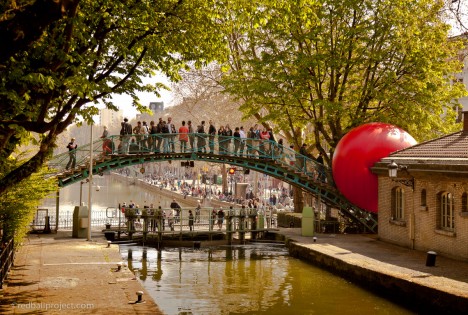
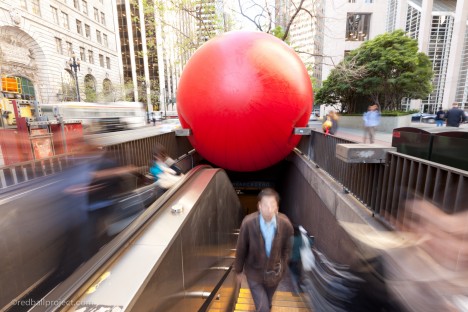
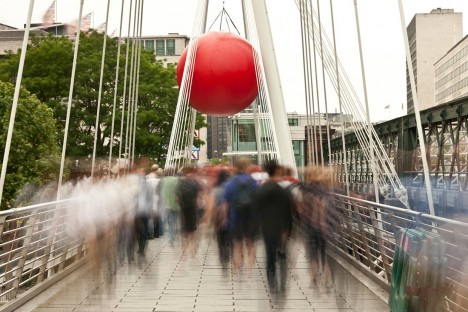
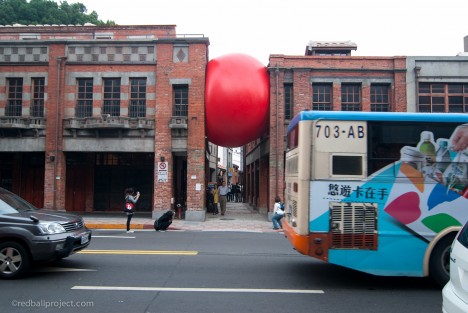

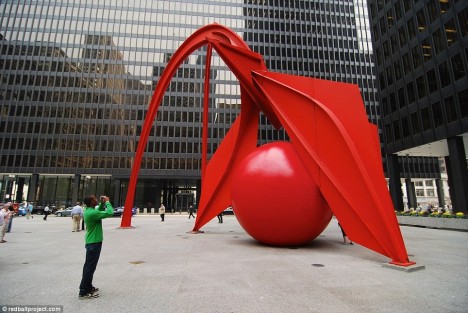
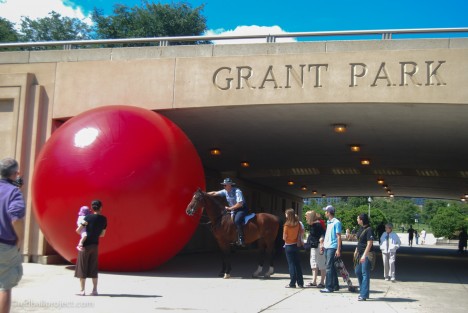

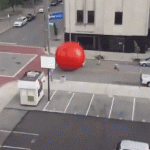





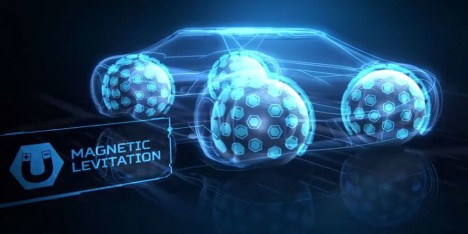
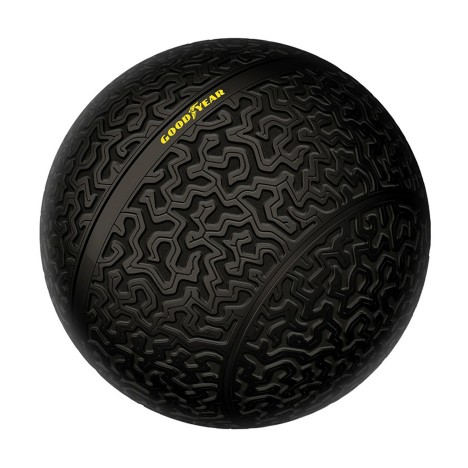
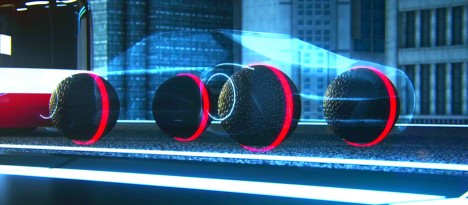
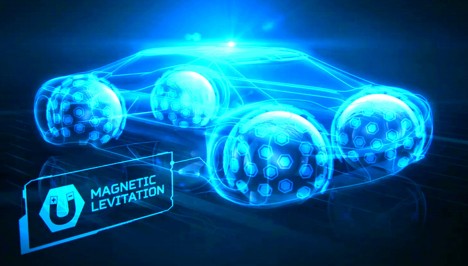
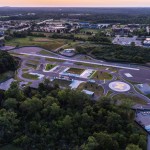

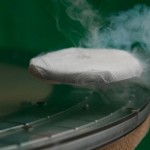

You must be logged in to post a comment.